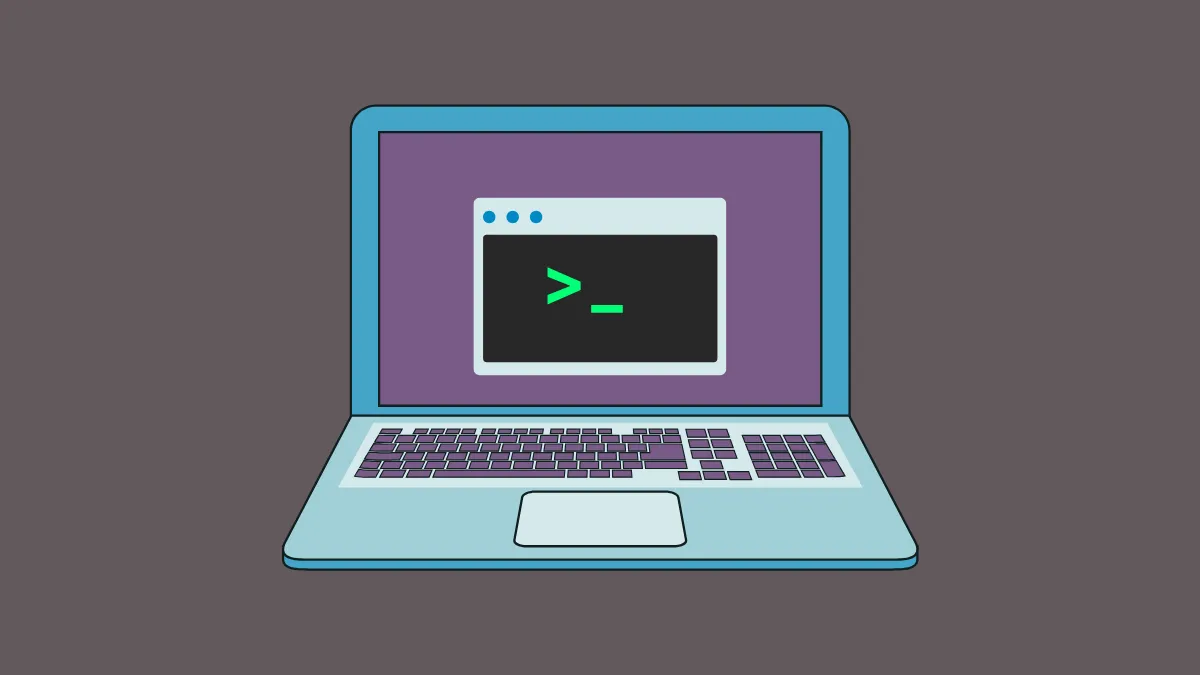Removing directories along with their contents is a frequent task when managing files and folders on a Linux system. Whether you are cleaning up old files, reorganizing your directories, or simply freeing up storage space, Linux provides straightforward methods to delete directories both through the command line and the graphical user interface (GUI).
Removing Directories Using the Linux Command Line
The Linux terminal offers powerful and flexible commands for directory removal. The primary command used for deleting directories and their contents is rm. Here are the most effective ways to use it:
Step 1: To remove a directory along with all its contents—files and subdirectories—use the recursive option -r:
rm -r directory_nameThe -r option tells the rm command to delete the contents recursively, meaning it will remove everything inside the specified directory.
Step 2: If you encounter permission issues or directories that prompt for confirmation, add the force option -f to bypass these prompts and remove the directory without interruptions:
rm -rf directory_nameBe cautious when using rm -rf, as it deletes directories permanently without any confirmation or recovery option. Always double-check the directory name before executing this command.
Step 3: To safely remove directories, you can use the interactive option -i, which prompts for confirmation before deleting each file:
rm -ri directory_nameThis method is safer, especially if you're unsure about the contents of the directory.
Step 4: To delete multiple directories simultaneously, provide multiple directory names separated by spaces:
rm -r dir1 dir2 dir3This command deletes all three directories and their contents at once.
Step 5: To remove directories containing hidden files (which start with a dot), use the following command:
rm -rf directory_name/{*,.*}This pattern ensures hidden files and folders are also deleted.
Removing Directories Using the Linux GUI
If you prefer a graphical interface, Linux desktop environments like GNOME, KDE, and others provide easy methods to delete directories without typing commands.
Step 1: Navigate to the directory you want to remove using your file manager (such as GNOME Files or KDE Dolphin). Right-click on the directory and select "Move to Trash" or "Delete." Depending on your desktop environment, the wording may differ slightly.
Step 2: Keep in mind, when using the GUI method, the directory and its contents are not permanently deleted immediately. They are moved to the trash bin instead. To permanently delete the directory, right-click the trash bin icon and select "Empty Trash."
This two-step process provides a safety net in case you accidentally delete something important, allowing you to recover files from the trash bin before permanent removal.
Removing Empty Directories Using rmdir
If you only want to delete empty directories, Linux provides the rmdir command, which safely removes empty directories without affecting files or subdirectories:
rmdir directory_namermdir command will fail if the directory contains any files or sub-directories. In such cases, you must use the rm command described above.Using the find Command for Advanced Directory Removal
For more advanced scenarios, such as deleting directories matching specific patterns or empty directories only, the find command is very useful.
Step 1: To delete all empty directories within a given directory tree, use:
find /path/to/directory -type d -empty -deleteThis command searches recursively and removes only directories that have no contents.
Step 2: To delete directories matching a specific pattern, for example, directories ending with "_backup," run:
find /path/to/directory -type d -name '*_backup' -exec rm -rf {} +This command locates all directories ending with "_backup" and deletes them along with their contents.
Removing directories and their contents in Linux can be done quickly and safely using the methods described above. Always exercise caution, especially when using commands like rm -rf, to ensure you don't accidentally delete important data. With these methods at hand, managing your Linux file system becomes straightforward and efficient.


